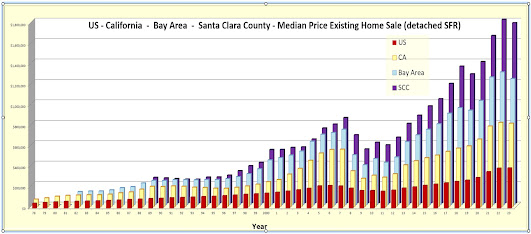U.S. home investor share reached new high in Q4 2023
Source: CoreLogic
The share of homes being purchased by home investors in the U.S. climbed to almost 29 percent in December 2023 and could exceed 30 percent in 2024, according to CoreLogic data. Despite price appreciation slowing in 2023, the share of investor purchases has remained high.
Elevated interest rates have not deterred home investors, and in fact because both prices and rates remain high and the Federal Reserve has yet to cut rates, there is strong demand for home rentals that investors are seizing upon.
Owner-occupied buyers are purchasing about 100,000 fewer homes per month than they were before 2022, though investors are likely only making a small dent in homeownership numbers. Home-flipping activity continued to fall in the first half of 2023. Only 12 percent of investors who purchased a home in March 2023 resold by the end of December 2023. Flipping is a relatively less attractive business model than renting out a home when appreciation is slow and interest rates are high. If mortgage rates decline in the second half of 2024, this may bring owner-occupying buyers back off the sidelines, leading to a drop in home investor share.
Read the whole article here – by Thomas Malone, Professional, Economist.
Like my updates? Subscribe to my Blog! Thank you for reading,
Francis






